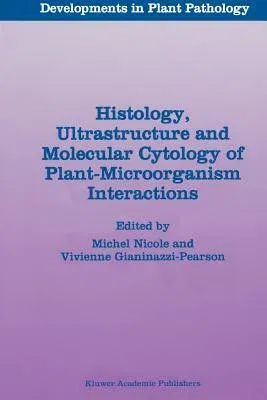Histology, Ultrastructure and Molecular Cytology of Plant-Microorganism Interactions (Softcover Reprint of the Original 1st 1996)Paperback - Softcover Reprint of the Original 1st 1996, 26 September 2011

Qty
1
Turbo
Ships in 2 - 3 days
In Stock
Free Delivery
Cash on Delivery
15 Days
Free Returns
Secure Checkout
Part of Series
Developments in Plant Pathology
Print Length
262 pages
Language
English
Publisher
Springer
Date Published
26 Sep 2011
ISBN-10
9401065683
ISBN-13
9789401065689
Description
Product Details
Book Edition:
Softcover Reprint of the Original 1st 1996
Book Format:
Paperback
Country of Origin:
NL
Date Published:
26 September 2011
Dimensions:
23.39 x
15.6 x
1.47 cm
ISBN-10:
9401065683
ISBN-13:
9789401065689
Language:
English
Location:
Dordrecht
Pages:
262
Publisher:
Weight:
394.63 gm

